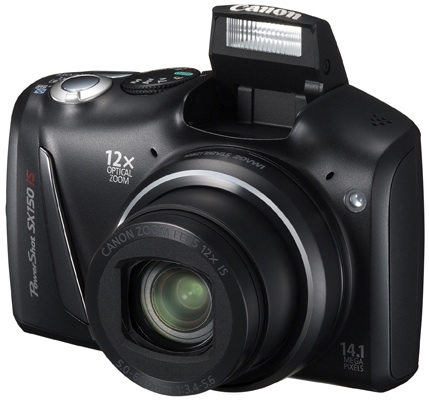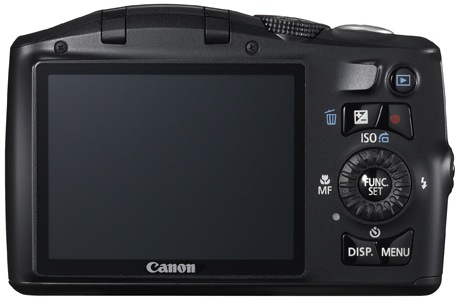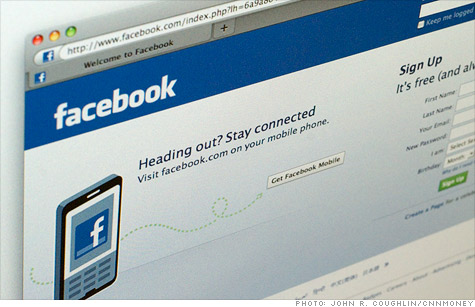
When HP announced it was abandoning webOS and the price of the HP TouchPad plummeted in some stores to the ridiculously generous £89, it caused such a frenzied rush to nab one that few stopped to think about what they'd do with it when it arrived.
After all, one of the reasons behind HP's decision was that it couldn't garner the same sort of support from third-party developers for its operating system as iOS or Android, even when it was putting huge quantities of time, money and effort behind the platform. What chance do new applications have of appearing on the futurely unsupported OS now?
Perhaps the bargain-lust had skewed tech junkies' common sense radars? Certainly, even in Pocket-lint Towers, the idea of a newly launched tablet device for the same price as a ticket to see the rowing at the London Olympics seemed attractive enough to have us cursing Amazon and Dixons for checkout hang-ups.
And, to be honest, we all still secretly want one, even though the firesale frenzy has calmed down. So, if you've just had an HP TouchPad popped through your letter box after buying one without thinking, then here's 10 ideas of what to do with it.
Car headrest media player
There are several companies, such as US company ViewSticks (who ship worldwide), that sell mounts to strap tablet devices to the back of car headrests. So, therefore, you could always consider utilising your HP TouchPad as a rear-facing media player to keep kids or other passengers entertained while you wend your way at 10 miles per hour around the M25.
You'll have to install an app to play the more common movie video files (DivX, XviD, WMV or MKV), with one suggestion being KalemSoft Media Player v0.3.3 for TouchPad, but other than that, at least you can drag and drop files from your computer without a client.
Comic book reader
Ever since the TouchPad dropped in price, comic book forums have been awash with comments from collectors and fans who see the device as a great, relatively inexpensive reader. Yeah, it's heavier and clunkier than an iPad or Galaxy Tab 10.1, but for those lucky enough to have their transactions go through, it's also around £400 cheaper.
When loaded with the app ComicShelf HD (available for around $1.99), the TouchPad can read .cbr and .cbz files, the most commonly used types for comic book scans and renders (both legal and illegal). You might even fancy scanning in your own comics in order to keep them all in the one place, and therefore readable at any time. That way, you can keep the originals in their pristine placky bags.
Gossip grapevine
Sitting down in front of X-Factor and you fancy having a rant about Tulisa Contostavlos' hair? Why not pick up your social media slab and post your thoughts onto Twitter? Need gossip and tittle tattle on a constant basis? Just leave the client on permanently (bar a recharge every now and then) and you'll get a persistently updated stream of inanity, er, sorry, important views and opinion.
For many, the tastefully titled Spaz HD is the best Twitter client for TouchPad out there, it's open source, also works with Identi.ca and StatusNet, and is, most importantly, free.
Electronic recipe database
Says it all really. The screen is, kind-of, wipe clean (by which we mean, if you get a light amount of flour on it, you can brush it off easily - not that you could smear it in melted chocolate and then expect it to work). It can store plenty of recipes with pictures and everything. And, it's sturdy enough to keep racked alongside other kitchen books.
You could pay for one of the few recipe apps available, such as iCookbook (with its 2,000 recipes), tune it to one of the many Internet cooking sites (as long as you have Wi-Fi), or even scan all of your own recipes and store them on the TouchPad in JPG format.
Memo pad
Stick the TouchPad to your fridge and have the TapNote for TouchPad application permanently loaded. It costs $5, but is thought by many to be the best note-making software for the tablet. The family can then type shopping lists or other thoughts using the tablet's on-screen keypad.
It even has Dropbox support, so you can sync your notes with a PC or Mac.
Put Android on it
WebOS is dead..long live Android, or at least that is the theory. Footage of TouchPads running Cyanogen mod 7 and an almost totally unusable version of Google's Honeycomb operating system have started making an appearance on the Internet. Similarly YouTube has begun to fill with Gingerbread-toting HP tablets, admittedly running a lot smoother.
The end of WebOS brings with it the end of application development, homebrew apps aside, which in time will make your currently oh so fresh TouchPad rapidly descend into app-less boredomsville. Adding Android however will bring with it access to the sort of applications that people who have shelled out hundreds for a conventional tablet.
For £89 (if you managed to pick one up) we can't think of a much better Android tablet. The closest thing to the TouchPad in the specs department is something like the Motorola Xoom or Samsung Galaxy Tab, which costs around £479.
Use it as a placemat
Imagine heading round to a friends house for dinner only to discover they have replaced conventional placemats with TouchPads. This would result in instant social brownie points and uber dinner party bragging rights.
It could mean browsing the football results while waiting for pudding or even indulging in a dinner game of Pocket-lint's own invention that sees you racing each other to see whose tablet can load a web page faster.
A word of warning however; try and opt for more solid and less sticky foods, TouchPads are particularly unhappy when covered in ice cream of immersed in cereal bowls.
Have your very own GuestPad
If you are the sort of person that enjoys the benefit of having a guest wing in your country estate, or perhaps employs a butler, you could provide them with their own special GuestPad.
The idea behind this one is that you place the TouchPad by guests' bedsides or in the bathroom (perhaps as part of a shampoo/soap display). Those interested in giving the TouchPad a go can pick it up and have a play and will be amazed by your tech savvy household, while kept under the illusion you are filthy rich. If you are, however, genuinely filthy rich, then perhaps filling every room with iPad 2s is a better idea.
Use it as a new kitchen radio
A decent DAB powered radio can set you back plenty more than the £89 you shelled out for your TouchPad, so why not take advantage of the Wi-Fi radio it can offer. Simply leave the TouchPad with BBC iPlayer running and you have an almost instant way of either catching up or listening live to television or radio.
The Beats Audio technology inside the TouchPad also means that it has a relatively decent volume and sound quality. While it might not be proper kitchen radio levels of noise, what other £89 sound systems can you check emails and browse the Internet on?
Wall mounted photo frame
Things can get plenty boring walls-wise when it comes to home decorating, so why not 'spice up your life' with a wall mounted TouchPad acting as an interactive photo frame.
You could even opt for a Pre3 and use the Touchstone technology to simply tap the frame with new content whenever you got bored of what was sitting on there already.
Things could get even more exciting if you opted for a hall mounted TouchPad, as you could use it to show custom embarrassing photo sets from visitors' Facebooks just as they step through the door.
There are reports of the TouchPad having a slightly dim screen and we imagine constant recharging and battery life would likely cause you to get bored of the TouchPad/photo frame concept. Still for a while you would be able to say you had a tablet PC mounted on your wall.























